The post Why Other Photographers are your Greatest Photography Resource appeared first on Digital Photography School. It was authored by Simon Bond.

There are lots of ways you can progress as a photographer. There are plenty of resources out there, equipment you can use, books you can read that will help you as a photographer. In this article, you’ll discover why your fellow photographer is your greatest photography resource. This is true throughout your photography journey, from a beginner to a more experienced photographer.
Let’s support each other and grow as photographers together!

This location was reached by joining up with another group of photographers.
When you’re a beginner
As a beginner, everything about photography with a manual camera will be a steep learning curve. Even if you’re using a smartphone, there is plenty to learn that can transform your photography.
These are the following ways you can use another photographer as a photography resource.
1. Feedback
How do you know whether your work is good? One great way is to get feedback from other photographers. The chances are they’ll know the pitfalls a new photographer can fall into, and through their help, they can help you avoid these mistakes.
This form of feedback is best when there are positive comments mixed in with any critique made. This can be done person to person, or through joining online groups of other photographers.
The role of social media in giving you feedback on your work, allows you to interact with photographers from around the world. The feedback can be direct or indirect, and so given in the following ways.
- Indirect – This kind of feedback comes in the form of ‘likes’ you get for your work. While it’s tempting to ignore this aspect of social media, it gives you a good way to gauge how your work is progressing in a fairly scientific way. Of course, if you massively increase the number of followers you have, your likes will likely go up because you have a bigger audience, not necessarily because you’re taking better photos.
- Direct – This comes in the form of comments left on your photos. Of course, comments that are short or one word will likely be positive, and this is really for encouragement. However, you’re really looking for longer comments that cover why things work in your photo, and what could be improved. This type of comment is often something you need to request people to give you. You should be asking for constructive feedback on your work.

Choose a mentor for your photography, one who suits your style.
2. Mentoring
A mentor is someone who will give you feedback on your work but will also give other things beyond that. This type of relationship will be one-to-one and much closer than when you ask a community of photographers for feedback.
You need to look for someone who takes photos in the area of photography you’re interested in, and often you’ll need to pay for this kind of service. It might be as a photography student you have a lecturer assigned to mentor you, in which case that’s their job.
A mentor will look to give feedback and direction to your photography. It should be clear about the start and finish point that you both want to achieve together. In that instance, they’ll not only give input on photos you’ve taken in the past but also tell you the sort of photos you should be aiming for in the future.

The location this photo was taken from was given by another photographer.
3. Advice
It’s always good to ask for advice. This goes for beginners and more experienced photographers. Everyone needs specific advice on things, and with photography always evolving, you’ll quickly find your not an expert on everything.
One of the most common areas of photography to seek advice is camera gear. This can often be expensive, so you don’t want to spend lots of money on equipment that won’t add real value to your photography. In fact, Digital Photography School has an entire section devoted just to gear for this reason.
So look to ask other photographers for advice on the best lens to buy, the best location to photograph in, or how to improve your post-processing.

In this photo, a group of photographers take part in a wire wool workshop.
Photographers as a photography resource for the experienced
As you get more experienced as a photographer, there are good reasons you should lean more (not less) on your fellow photographers. These are the best ways to grow friendships by working together and getting amazing photos.
1. Collaborations
There are lots of times when pooling your resources with another photographer will get you a better photo. The following are just some of the ways you might work with others.
- Photo shoot – Photographing a model on your own can be done, but it’s much better to have other people with you. If the model costs money to hire, you can share the cost. You can also help with equipment brought to the session. Having people to hold light stands while you photograph helps a lot. Of course, you will need to return the favor!
- Exhibition – A solo exhibition can be expensive. You’ll need to frame and print every frame, advertise the show, and find a location to host it. All the jobs and costs can be shared when you collaborate with a joint exhibition.
- Workshop – Getting tuition from a photographer one-on-one is expensive, so, once again, joining a workshop with other photographers is a great idea to reduce costs.
- Trip – Going on a trip with the intention of building your photography portfolio can be a better way to invest your money than buying another lens. That said, if you form a group, you can share accommodation, car rentals, and the time it takes to organize such trips.

In this photo, the man is preparing a reflection puddle.
2. Local knowledge
Nothing beats local knowledge, and most photographers will really know their area. Now not every photographer will share their photography spots with you. The best way is to reach out to a photography group that has an online forum ahead of your visit. Then invest the time in building a friendship with a photographer from the location you plan to visit ahead of time. If you do get taken around to some amazing locations, be prepared to reciprocate if they visit you.
3. Fixer
Of course, providing local knowledge is one way that a photographer can act as your fixer. There are other ways they can help you as well.
A lot of the time, gaining access to a vantage point can give you a great photo. Another photographer might have an apartment with a great view or work in an office that gives you a vantage over an amazing cityscape. Equally, there are times you might want to photograph with a model. Ask a portrait photographer if they know someone, and they might be able to put you in contact with a model.

This photo was a result of a collaboration with some other photographers. The puddle was created using seawater.
4. Safety
There are times when joining forces with another photographer is about safety. When you’re on your own, you’re vulnerable. You can fall while out trekking in the wilderness, or be mugged when exploring an abandoned building. If you have another photographer with you, if the worst happens, they’ll be able to help you.
Conclusion
Gaining knowledge from other photographers is a great way to improve your work. How much you collaborate with others is a personal choice; some like to be alone.
Think about how you can get extra creativity by hanging out with other photographers, but always remember they’re your friend.
How much do you like to work with other photographers? Do you get better or worse photos when you photograph in a group? Here at Digital Photography School, we’d love to hear your experiences!
The post Why Other Photographers are your Greatest Photography Resource appeared first on Digital Photography School. It was authored by Simon Bond.




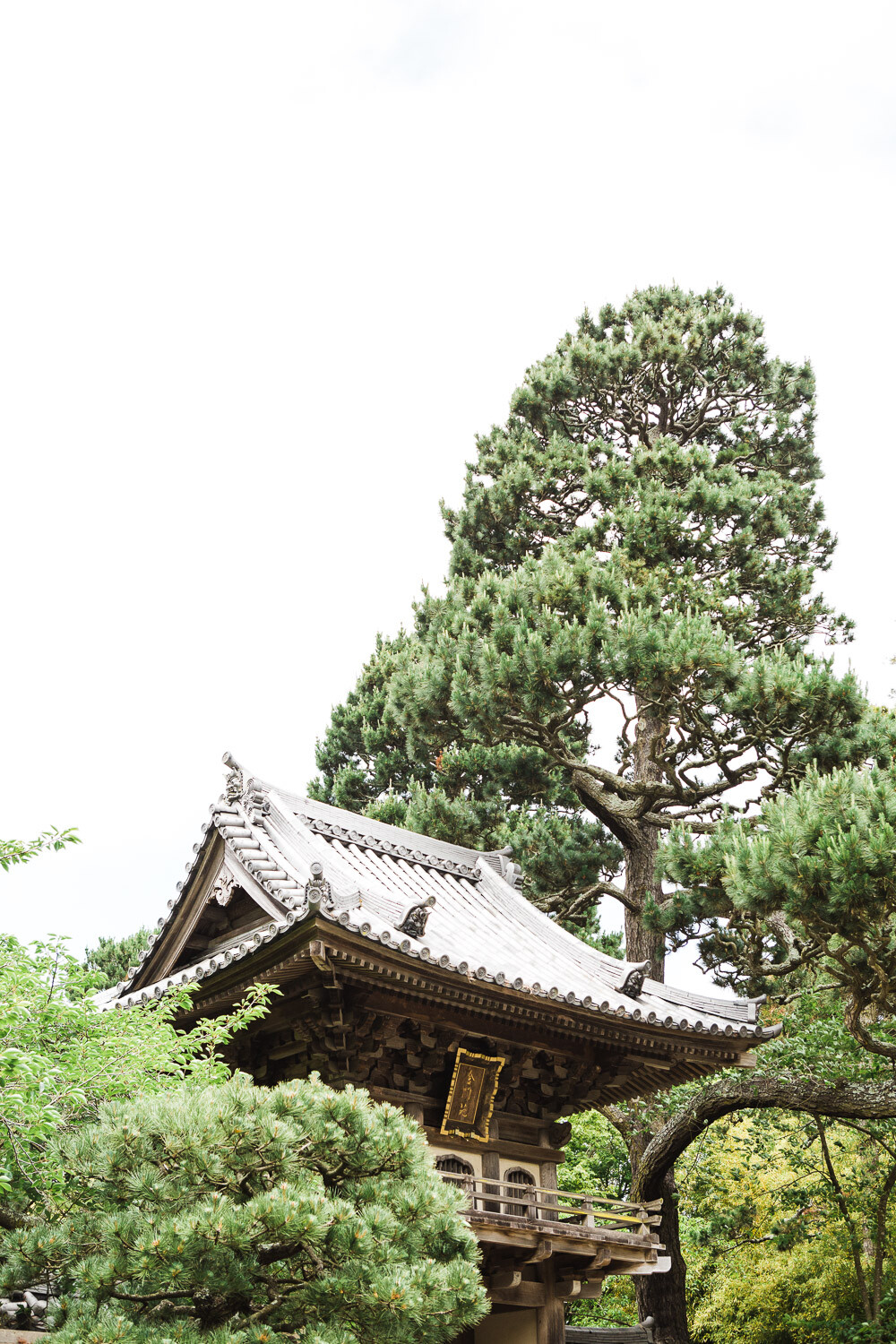























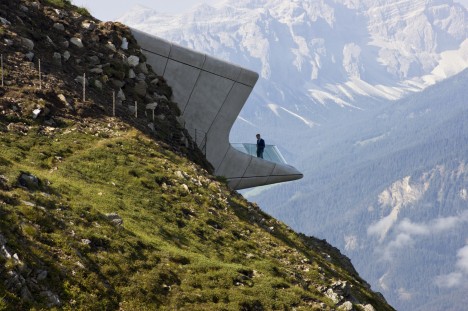






















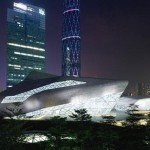
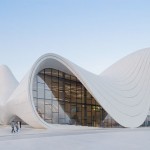
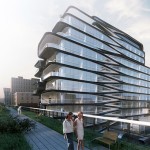




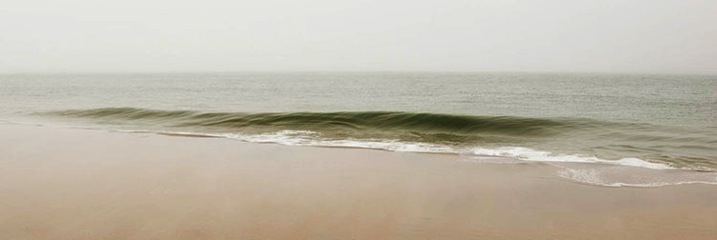
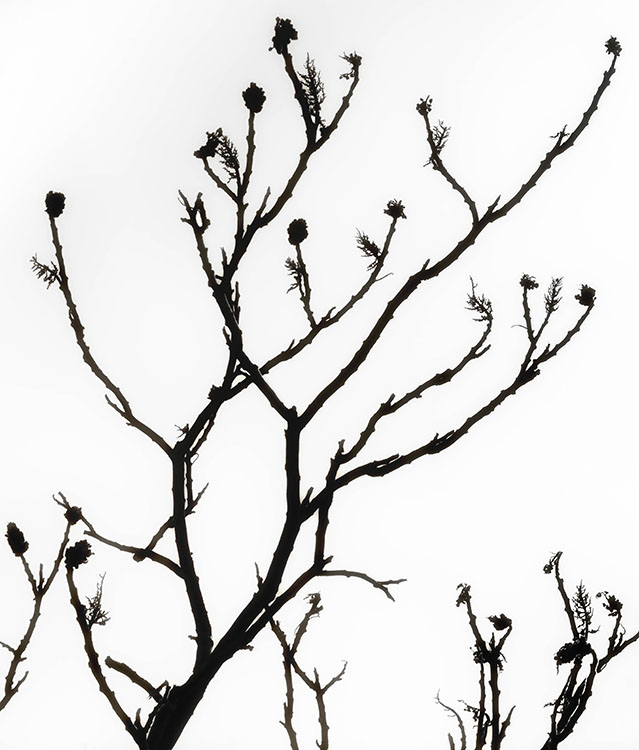

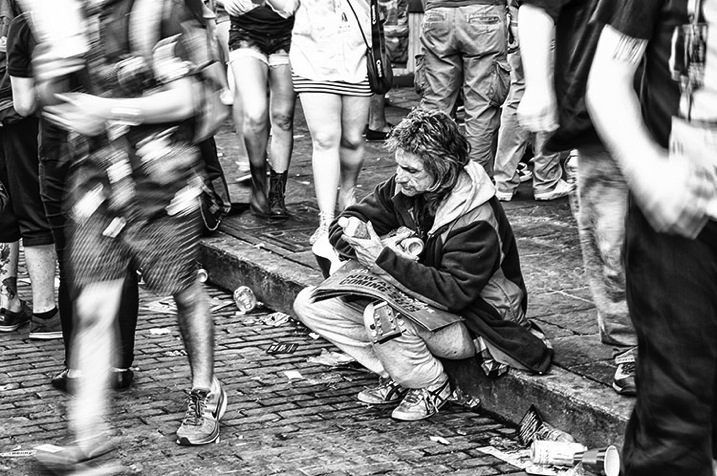
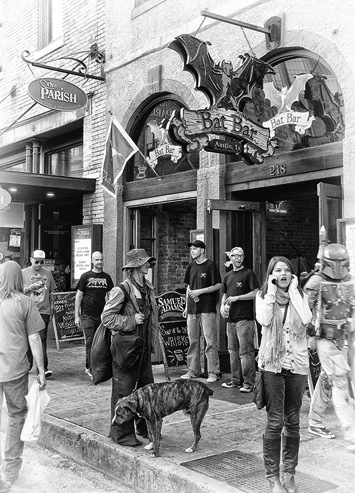
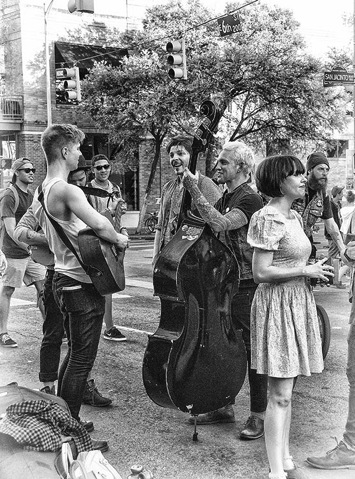

You must be logged in to post a comment.